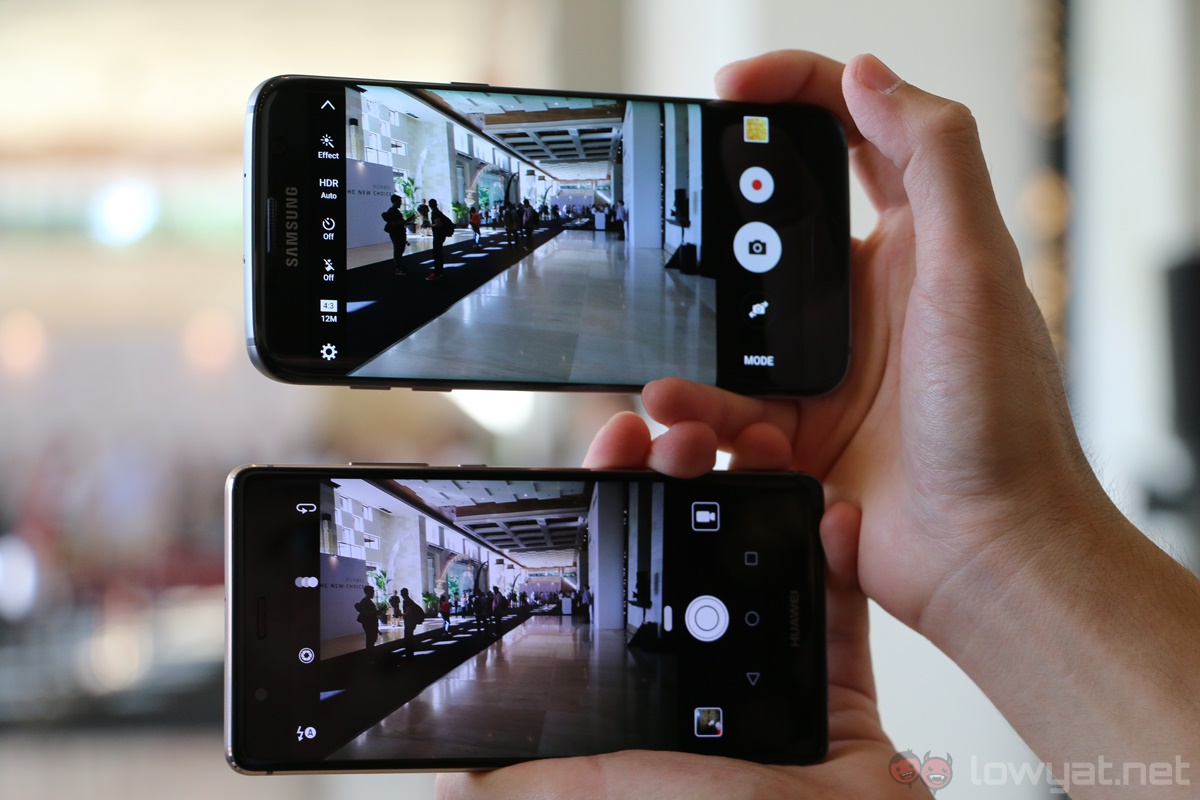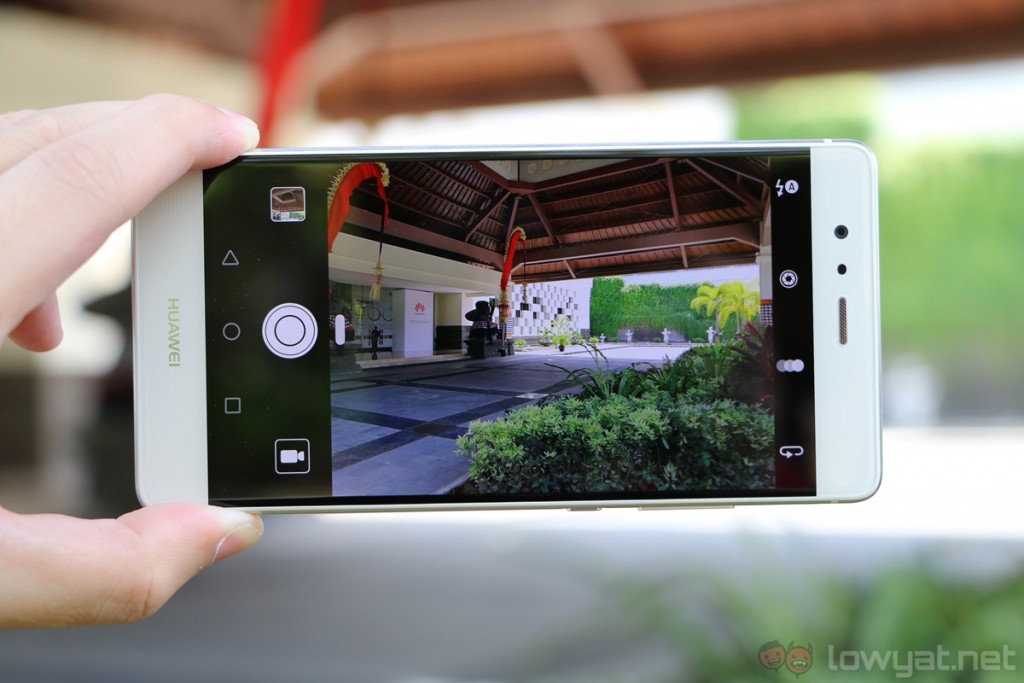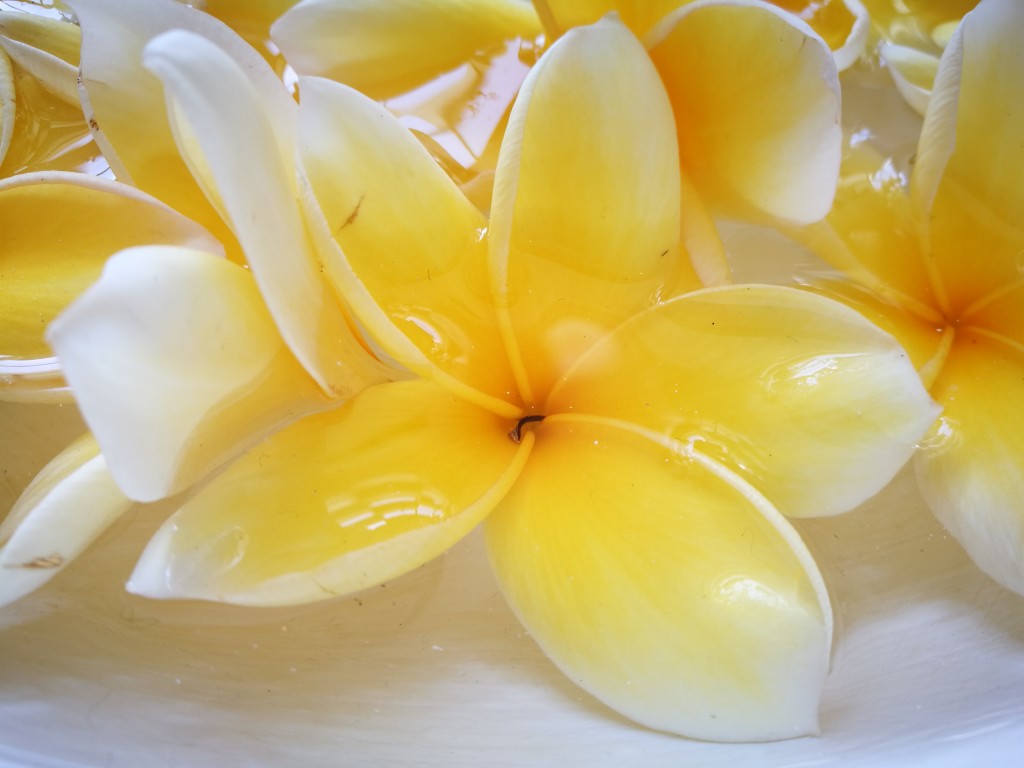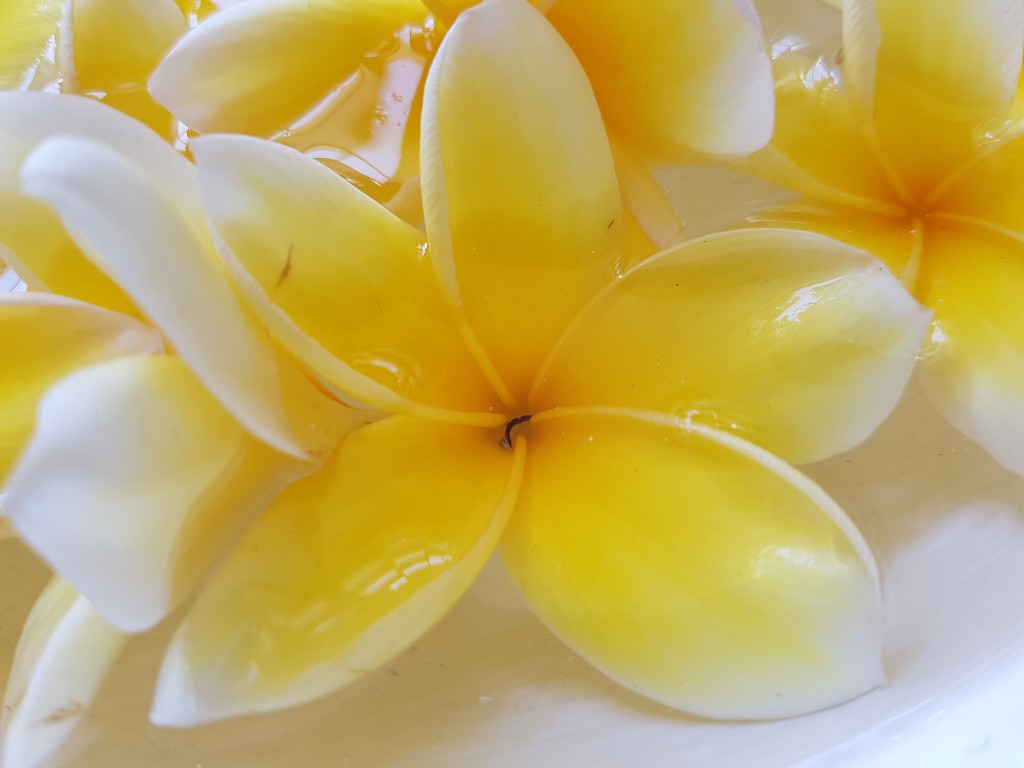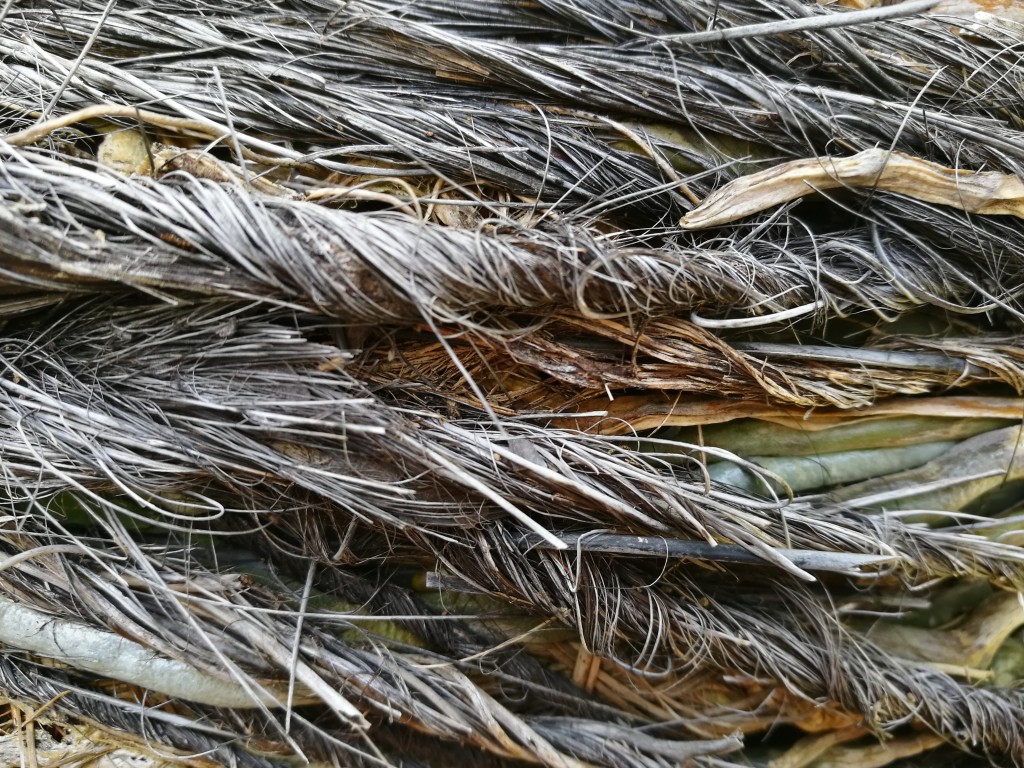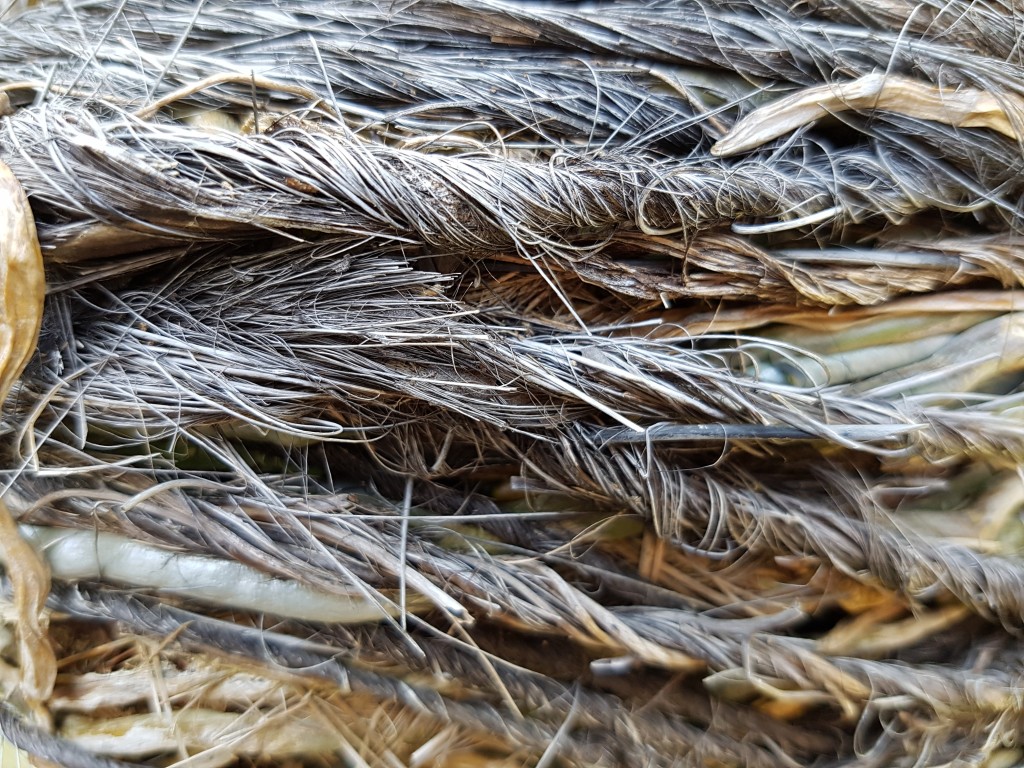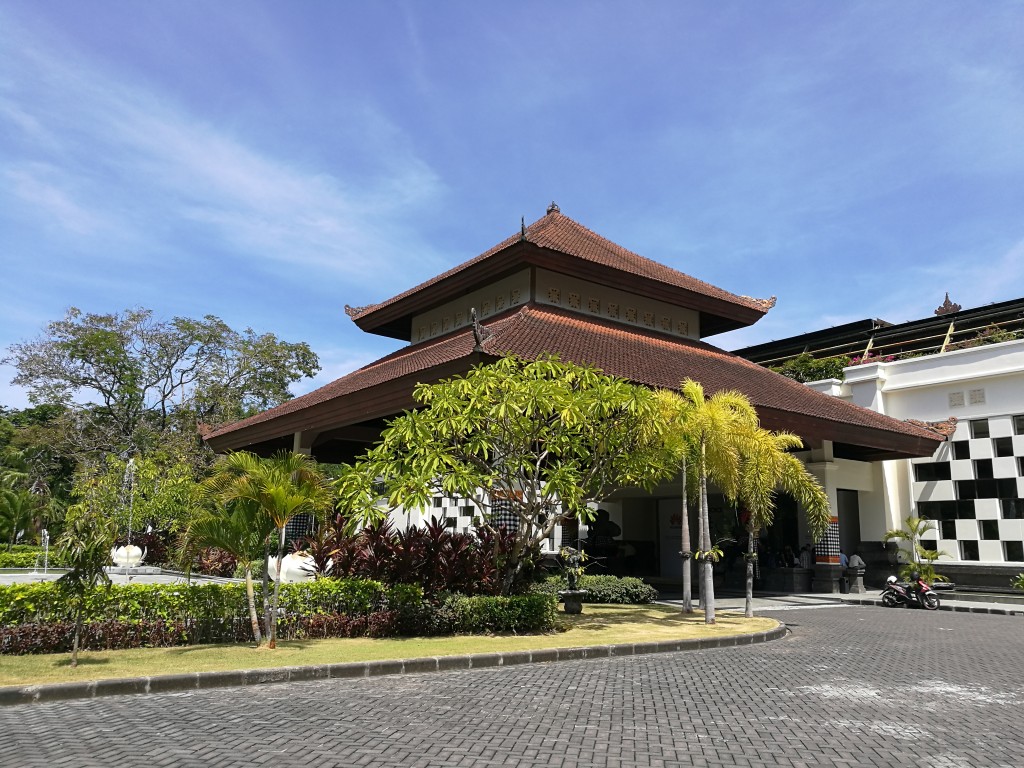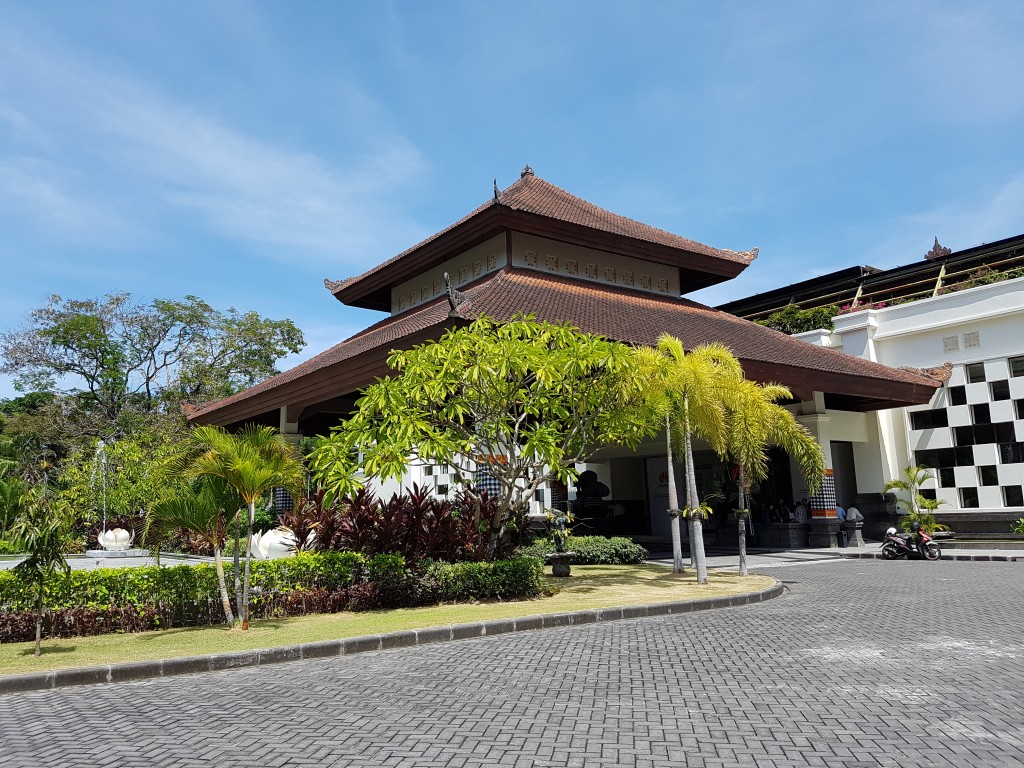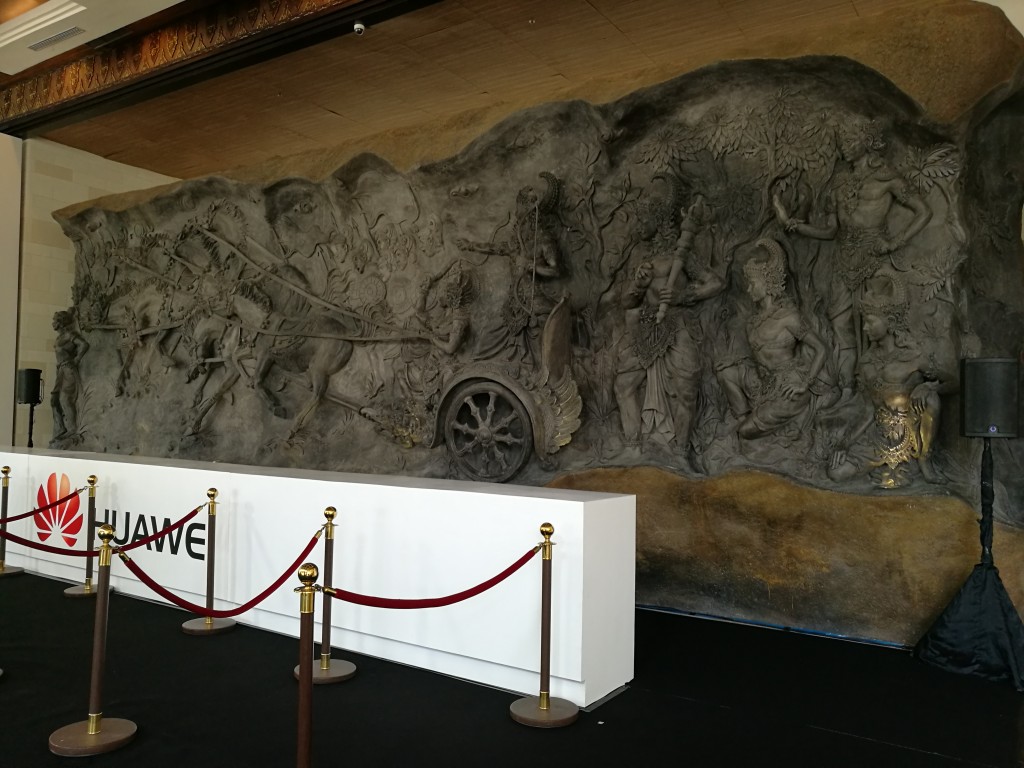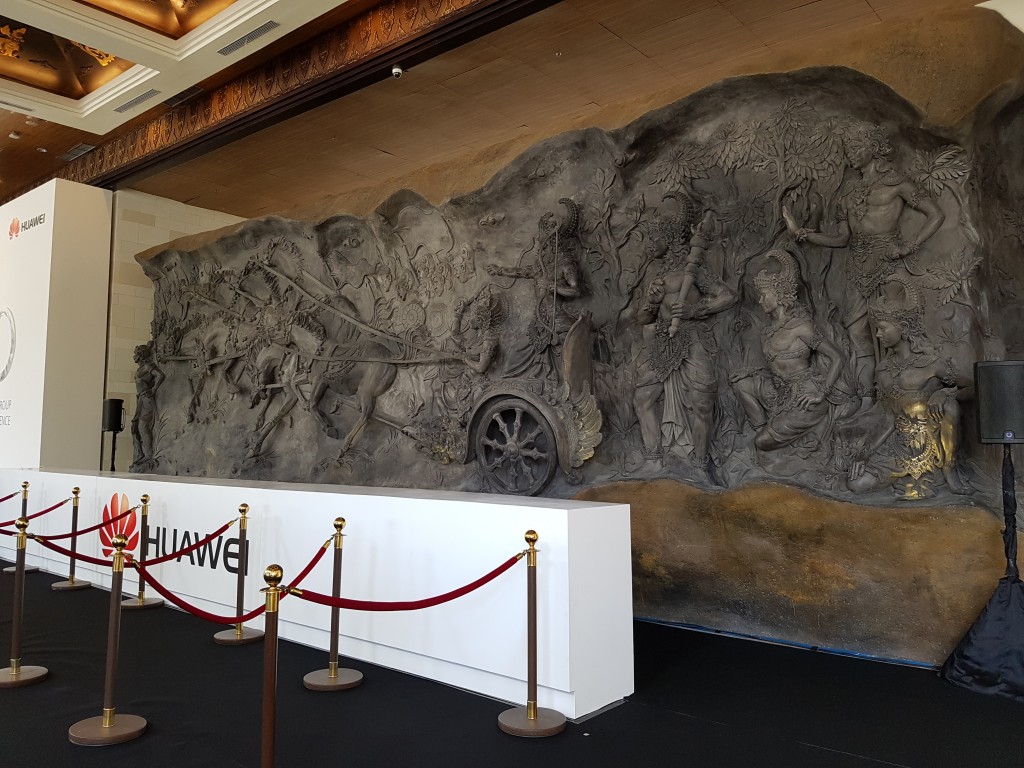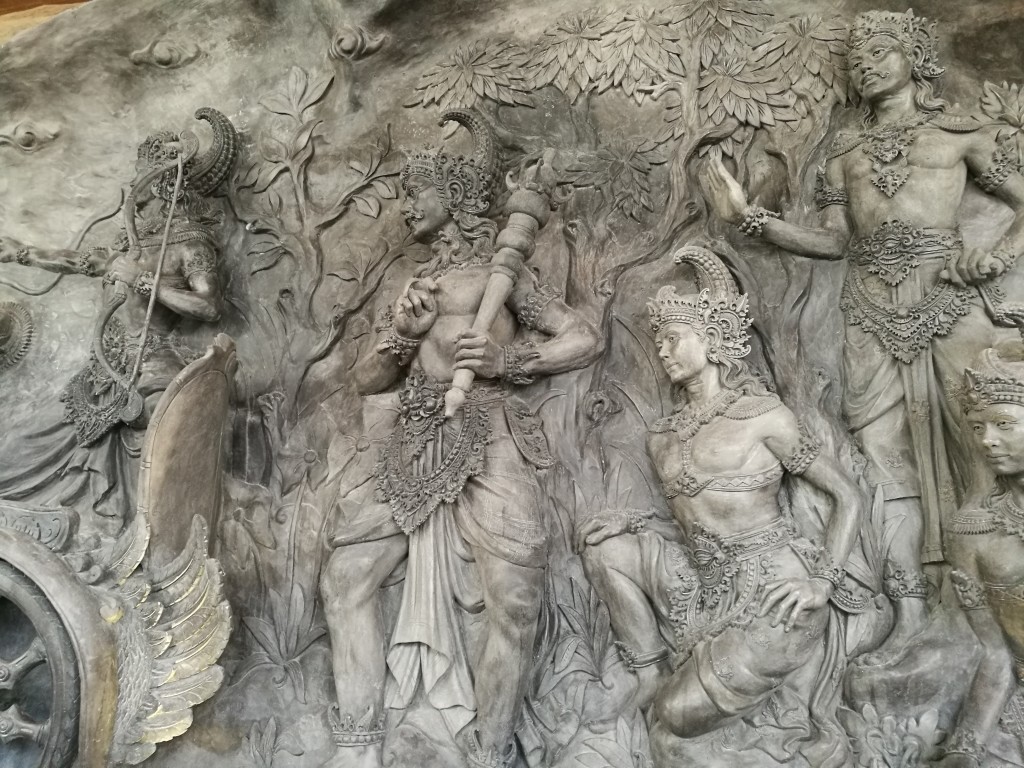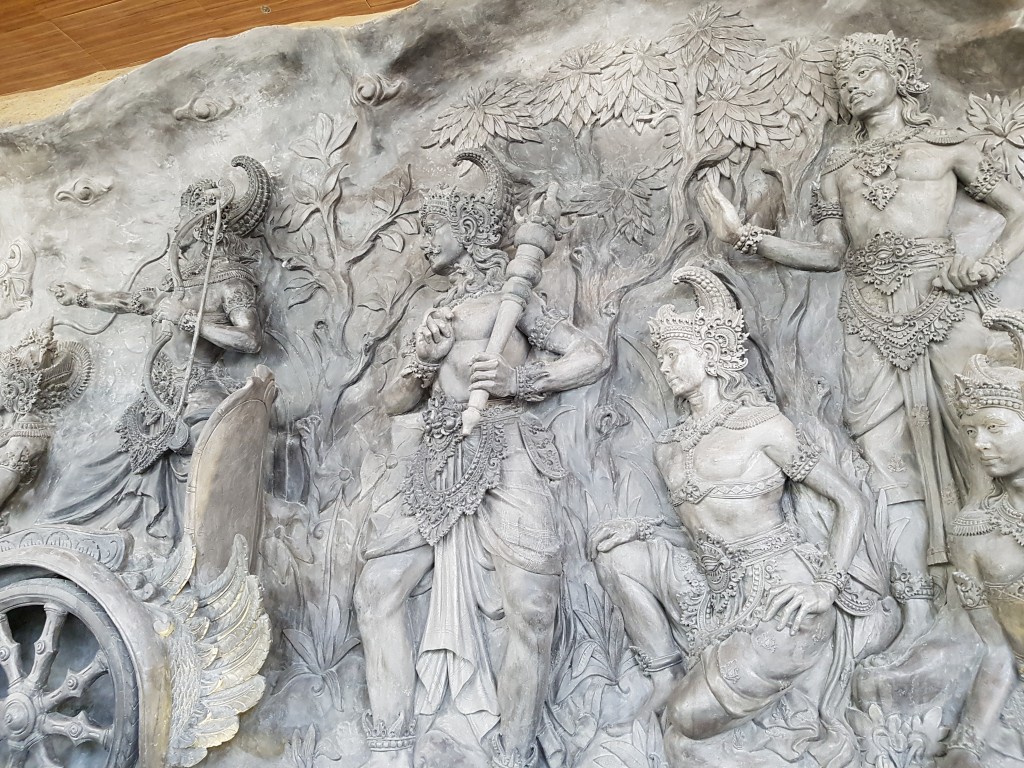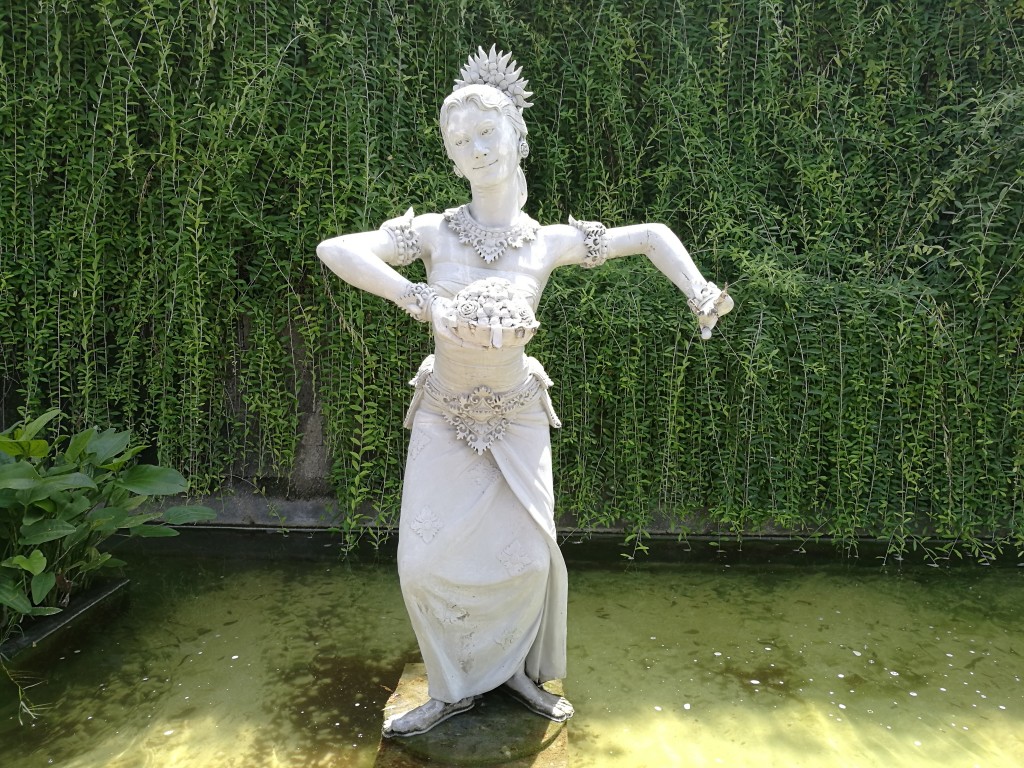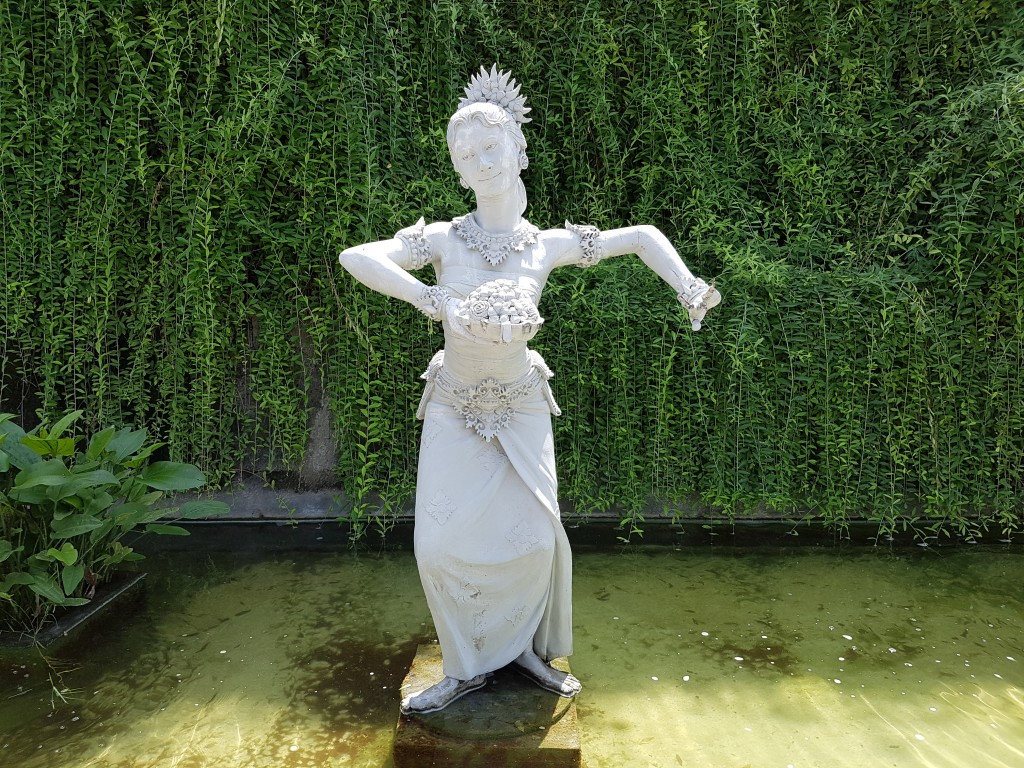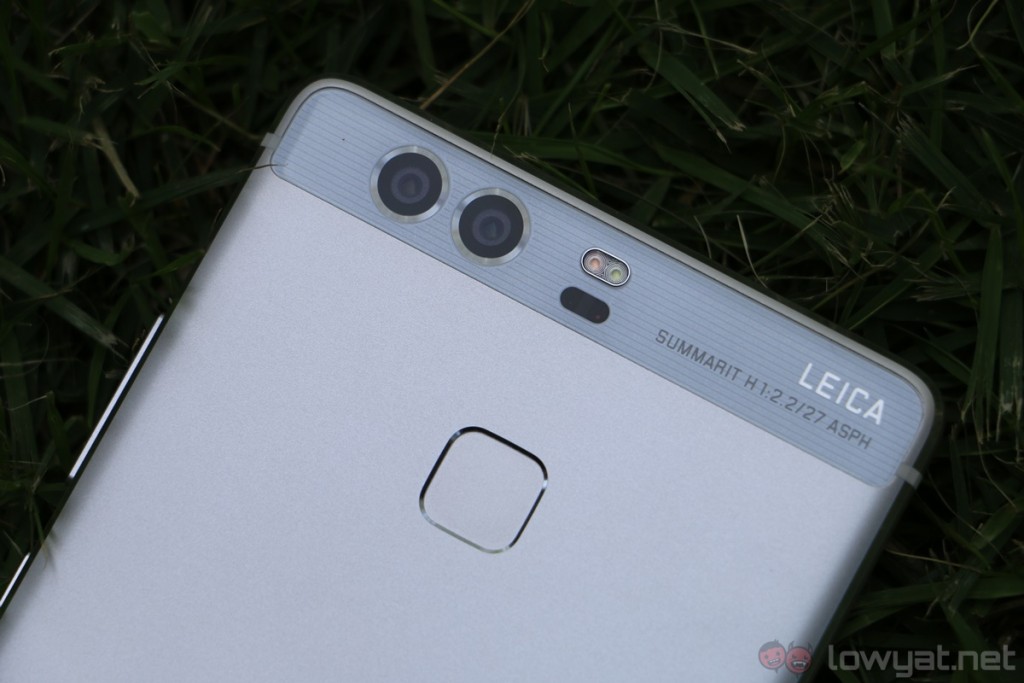It’s no secret that Huawei is very proud of the Huawei P9. Aside from its high-end specifications, the Leica-certified camera is perhaps the most highlighted feature of the smartphone, and rightfully so: we were quite impressed with the camera in our hands on of the P9 series.
While the Huawei P9 is definitely a capable shooter, how does it compare to one of the best mobile shooters in the market now? In this comparison, we will be taking a look at images shots with the P9 and the Samsung Galaxy S7 edge, a smartphone we feel has one of the best cameras around. Let’s see how the Leica-certified 12MP dual-camera of the P9 stacks up to the S7 edge’s dual-pixel 12MP shooter.
Click on image for full resolution (Top images are shot with the Huawei P9, while the bottom ones are taken with the S7 edge)
At first glance, these two macro shots look quite similar to each other, but upon closer inspection, the P9 is actually slightly overexposed. Aside from that, it does seem to take a similar macro shot to the S7 edge: both are properly focused, and the colours are almost identical. The P9 is off to a good start.
Again, these macro shots are quite identical to each other. That is, aside from the different focus points. The images look crisp, and the colours are similar for the most part. That said, the S7 edge’s image does seem to have a cooler tinge and a more shallow depth of field.
Oddly enough, the Huawei P9 produced a more saturated shot here. Samsung’s devices are known to produce saturated colours to make images look more appealing, so it’s quite a surprise the S7 edge’s colours – especially the sky – look more natural than the P9.
These images were taken indoors, and clearly, the S7 edge has the edge (heh) here. The pictures are brighter and better exposed, and they are sharper as well. Of course, it can be hard to see just how much more details the S7 edge is able to capture, but the differences are more evident once we zoomed in on the picture above.
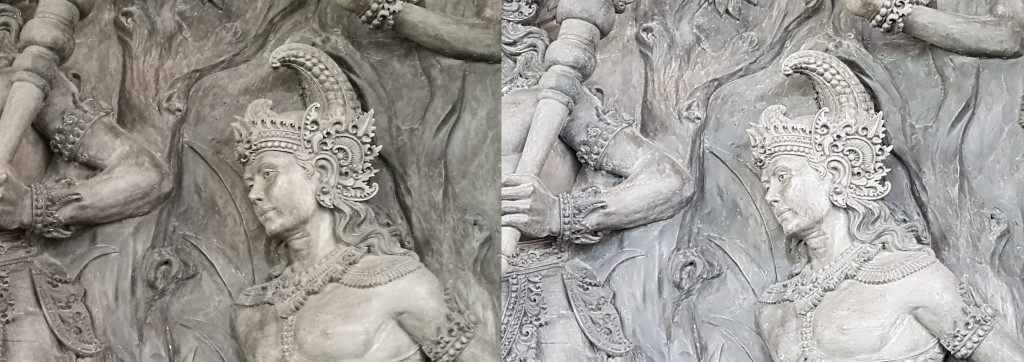 From left: Huawei P9 and Galaxy S7 edge
From left: Huawei P9 and Galaxy S7 edge
The S7 edge managed to capture a lot more detail than the Huawei P9; you can see more textures on the face of the sculpture in the S7 edge’s shot, and the small little things – like the bracelets – are more detailed as well. In fact, the overall photo from the S7 edge has better focus as well. The optical image stabilisation of the S7 edge helped to get a shot this sharp – the dual-camera Huawei P9 lacks OIS.
This is the perfect example of the S7 edge’s camera saturation. In comparison to the P9, the greenery in the S7 edge’s image is saturated to the point that it looks unnatural. While the P9’s shot doesn’t look quite as appealing, the colour is more neutral, resulting in a more natural-looking image. Depending on your preference, you may find one image to be better than the other.
While some are of the opinion that the Leica branding is merely a marketing gimmick, the Huawei P9 can definitely shoot some impressive images. Whether or not it is as good as the Galaxy S7 edge still remains to be seen.
After all, we had precious little time to really use the P9’s camera at its regional launch. The Huawei P9’s camera will be truly put to the test in our full review of the smartphone when it comes our way.
Follow us on Instagram, Facebook, Twitter or Telegram for more updates and breaking news.


